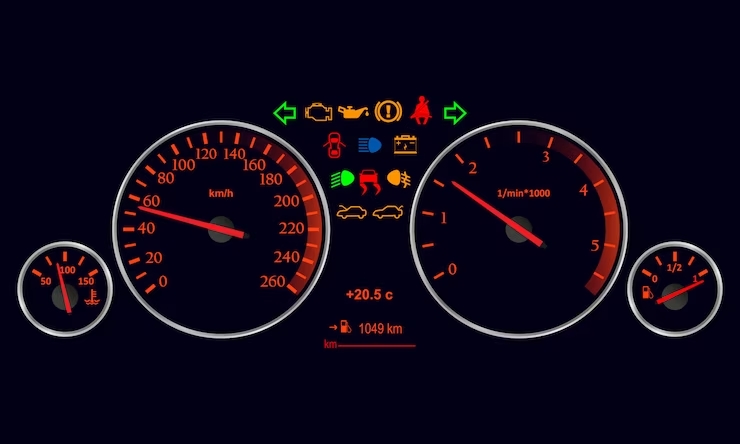Tire traction control is a critical safety feature in modern vehicles that helps improve stability and grip while driving, especially in challenging road conditions. To alert drivers of potential issues with the traction control system, vehicles are equipped with tire traction control warning lights. These warning lights play a vital role in ensuring optimal traction and handling. In this article, we will explore the importance of tire traction control warning lights and provide troubleshooting tips for common issues.
Importance of Tire Traction Control Warning Lights:
- Enhanced Safety: Tire traction control systems are designed to prevent wheel slippage and improve stability during acceleration, deceleration, and cornering. When the system detects a loss of traction, it intervenes by reducing engine power or applying braking force to the individual wheels, enabling the driver to maintain control of the vehicle. The warning lights indicate any malfunctions or issues with the system, allowing drivers to take appropriate action and avoid potential accidents.
- Alerting of Potential Hazards: The tire traction control warning lights are designed to provide drivers with immediate feedback regarding the status of the traction control system. If the warning light illuminates, it indicates a problem that requires attention. This prompt notification allows drivers to address the issue, potentially avoiding hazardous driving conditions or further damage to the vehicle.
Troubleshooting Tips for Tire Traction Control Warning Lights:
- Check Traction Control Button: Sometimes, the tire traction control warning light may illuminate due to accidental activation or deactivation of the traction control system. Check the traction control button located on the dashboard or center console and ensure it is in the appropriate position. If the system was inadvertently turned off, activating it should turn off the warning light.
- Verify Wheel Speed Sensors: Wheel speed sensors are crucial components of the traction control system as they monitor individual wheel speeds. If one or more wheel speed sensors are faulty or malfunctioning, it can trigger the warning light. Inspect the wheel speed sensors for any damage, debris, or loose connections. Cleaning the sensors or fixing any loose connections may resolve the issue. If a sensor is damaged, it may need to be replaced.
- Inspect Tires: Improper tire pressure or worn-out tires can affect the performance of the traction control system. Check the tire pressure in all four tires and ensure they are inflated to the recommended levels. Additionally, inspect the tread depth and condition of the tires. If the tires are excessively worn or damaged, it can impact the traction control system’s effectiveness. Replace any tires that are worn beyond the recommended limits.
- Battery Voltage Check: In some cases, a weak or failing battery can trigger the tire traction control warning light. Low voltage can disrupt the system’s operation and cause the warning light to illuminate. Test the battery voltage using a multimeter or have it checked by a professional. If the battery is faulty, replacing it should resolve the issue.
- Professional Diagnosis: If the troubleshooting steps mentioned above do not resolve the problem or if you are unsure about performing the diagnosis yourself, it is recommended to seek assistance from a qualified mechanic or dealership. They have the expertise and specialized diagnostic equipment to accurately identify and repair complex issues related to the tire traction control system.
Tire traction control warning lights are essential indicators that help drivers maintain optimal traction and stability on the road. Being aware of the warning lights and promptly addressing any issues with the traction control system is crucial for ensuring safe driving conditions. By following the troubleshooting tips mentioned in this article, you can troubleshoot common issues associated with tire traction control warning lights. Remember, if the problem persists or if you are uncertain about the diagnosis, it’s best to consult a professional mechanic to properly diagnose and repair the system.











